Ilon Musk introduced the giant BFR rocket and described the plan of the Martian city
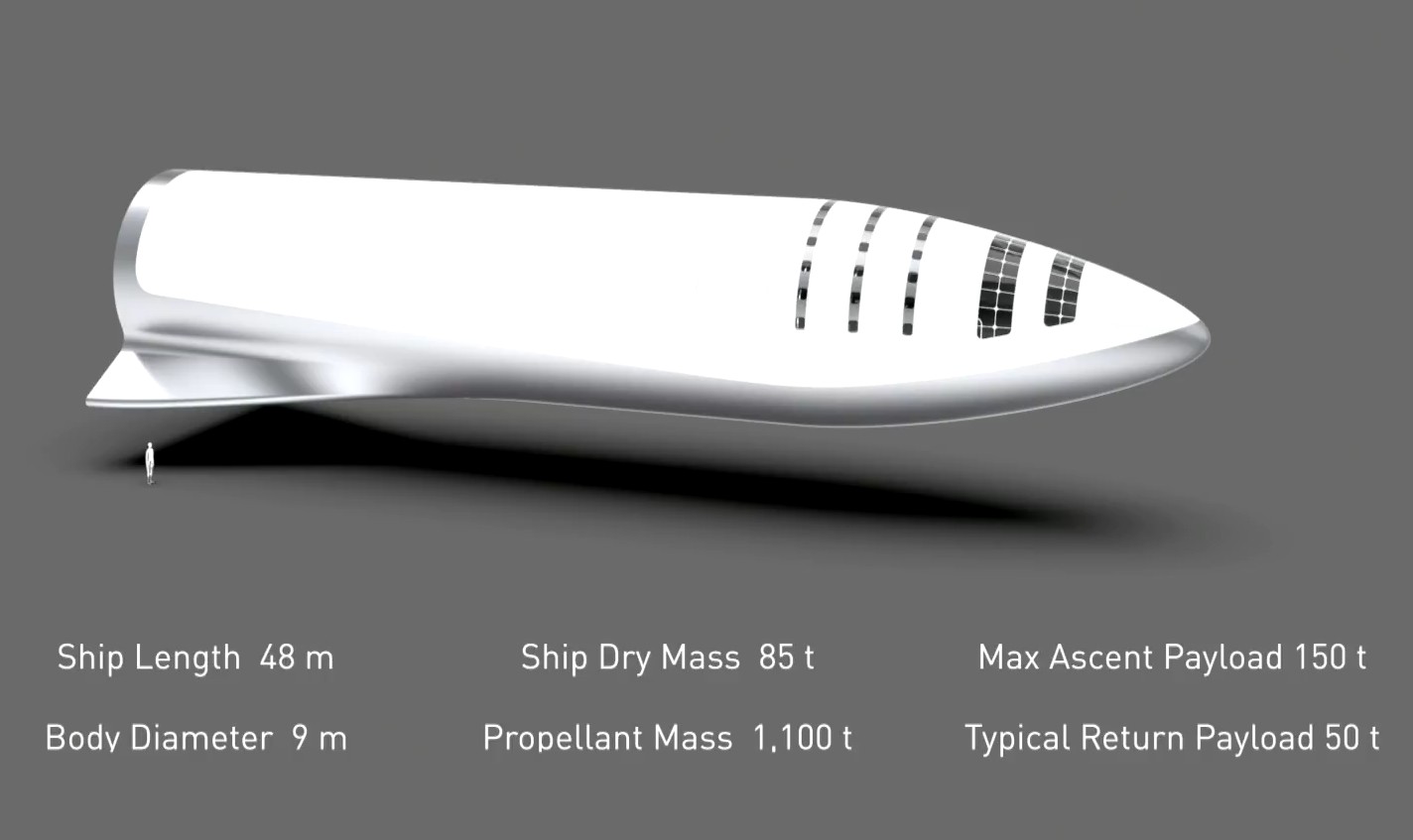
BFR spacecraft (without an accelerator): the next SpaceX project after the super-heavy Falcon Heavy rocket
SpaceX reusable rockets take off successfully and then land. So why not use them to travel the Earth? Such a logical idea came to Ilona Mask - and yesterday SpaceX officially announced a plan of earth flights on a reusable rocket .
In addition to the flight plan for the Earth, the head of SpaceX told about the future of SpaceX’s Martian and lunar bases.
BFR rocket
The new rocket will be a universal solution for flights on Earth and interplanetary missions. This versatile rocket will replace the Falcon 9, Falcon Heavy and Dragon.
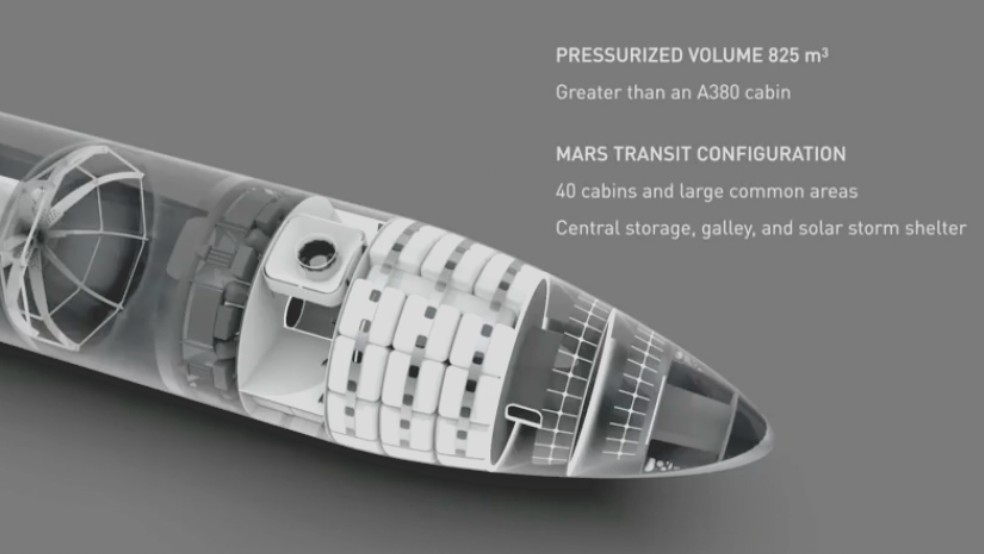
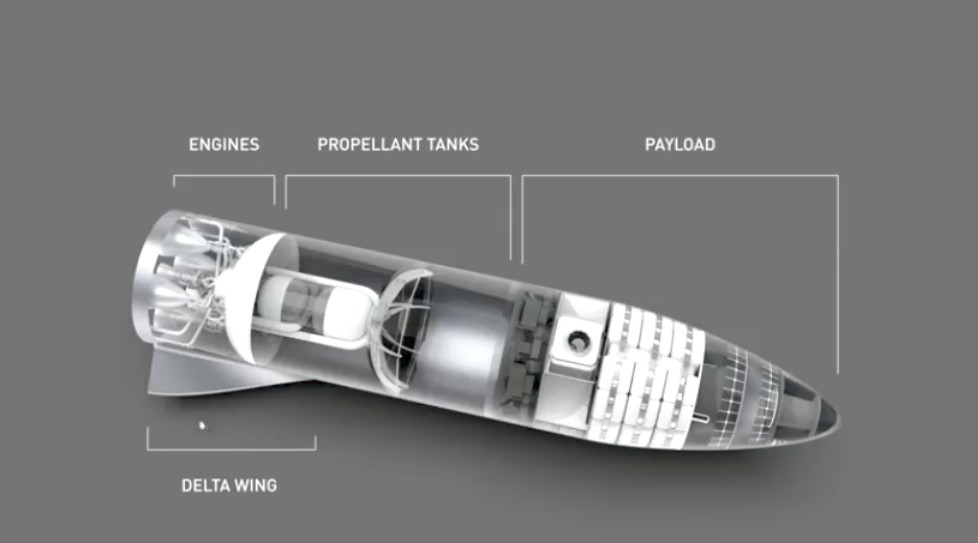


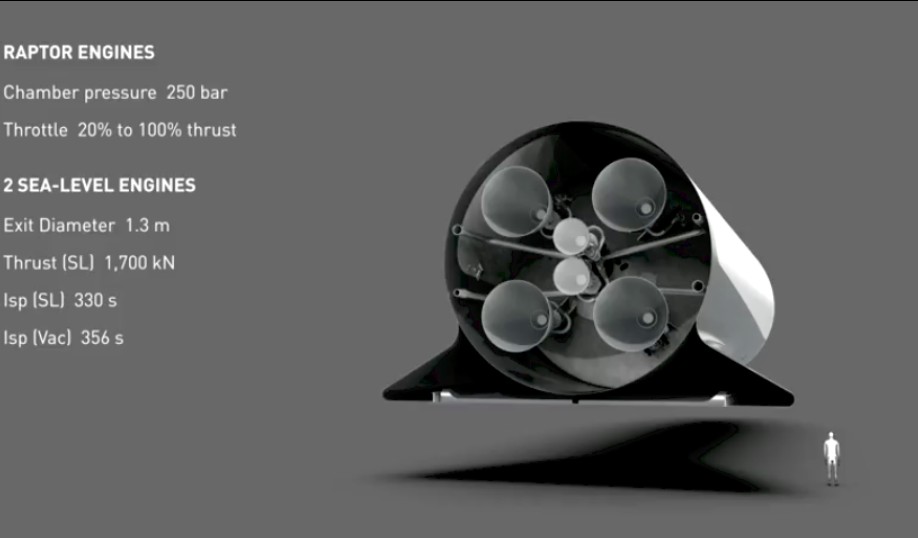
As for the Earth flights, then most of the routes on Earth rocket overcomes in less than 30 minutes, but if you need to get strictly on the opposite side of the globe, then the journey will take a little less than an hour. For example, from New York to Sydney (Australia) will have to fly as much as 49 minutes. But the most important thing is that you are not limited to flights and airline schedules: you can fly anywhere in the world and, according to Ilona Mask, the cost of a ticket will be no more than on an airplane.
Here are some routes:
Los Angeles - New York: 25 minutes
New York - Paris: 30 minutes
London - Cape Town: 34 minutes
Los Angeles - Buenos Aires: 35 minutes
Los Angeles - Shanghai: 36 minutes
New York - Tokyo: 37 minutes
Sydney - Johannesburg: 37 minutes
Delhi - San Francisco: 40 minutes
Doha - Auckland: 45 minutes
New York - Sydney: 37 minutes
Sydney - Zurich: 50 minutes
Performance video
Speech Mask
Speech Mask
Ilon Musk announced a plan for flying around the earth on a rocket called BFR in his speech at the 68th International Astronautical Congress in Adelaide.
Mask said that the BFR rocket will be the next SpaceX project after the work on the Falcon Heavy super-heavy rocket has been completed. Unlike previous missiles, the BFR will be fully reused, with the possibility of refueling in space, landing on the Moon and on Mars.
BFR will allow missions to be landed on the lunar surface without the need to produce fuel there. Thus, it becomes possible to create a lunar base, which is called Moon Base Alpha.
In general, the BFR rocket is smaller and uses fewer engines than the Interplanetary Transport System, which Ilon Musk talked about last year. Its size is 106 m, and its diameter is 9 m - in the Interplanetary Transport System was 122 m and 17 m, respectively. The rocket booster uses 31 Raptor engines (and not 42), and on the spacecraft itself - six (and not nine). This will reduce the cost of the project.

BFR carrying capacity will be 150 tons, that is, five times more than the Falcon Heavy super-heavy rocket. As Ilon Musk said, its diameter is enough to put a telescope into space with a mirror in area ten times larger than that of Hubble, without having to fold it.
With so many engines, the rocket will be super-reliable. It will retain the ability to land even if the engine fails (unlike the current Falcon 9). And she will sit down so precisely that she does not need special landing legs.
Martian city
The BFR rocket is a key element in the Martian mission, which Ilon Musk is planning.
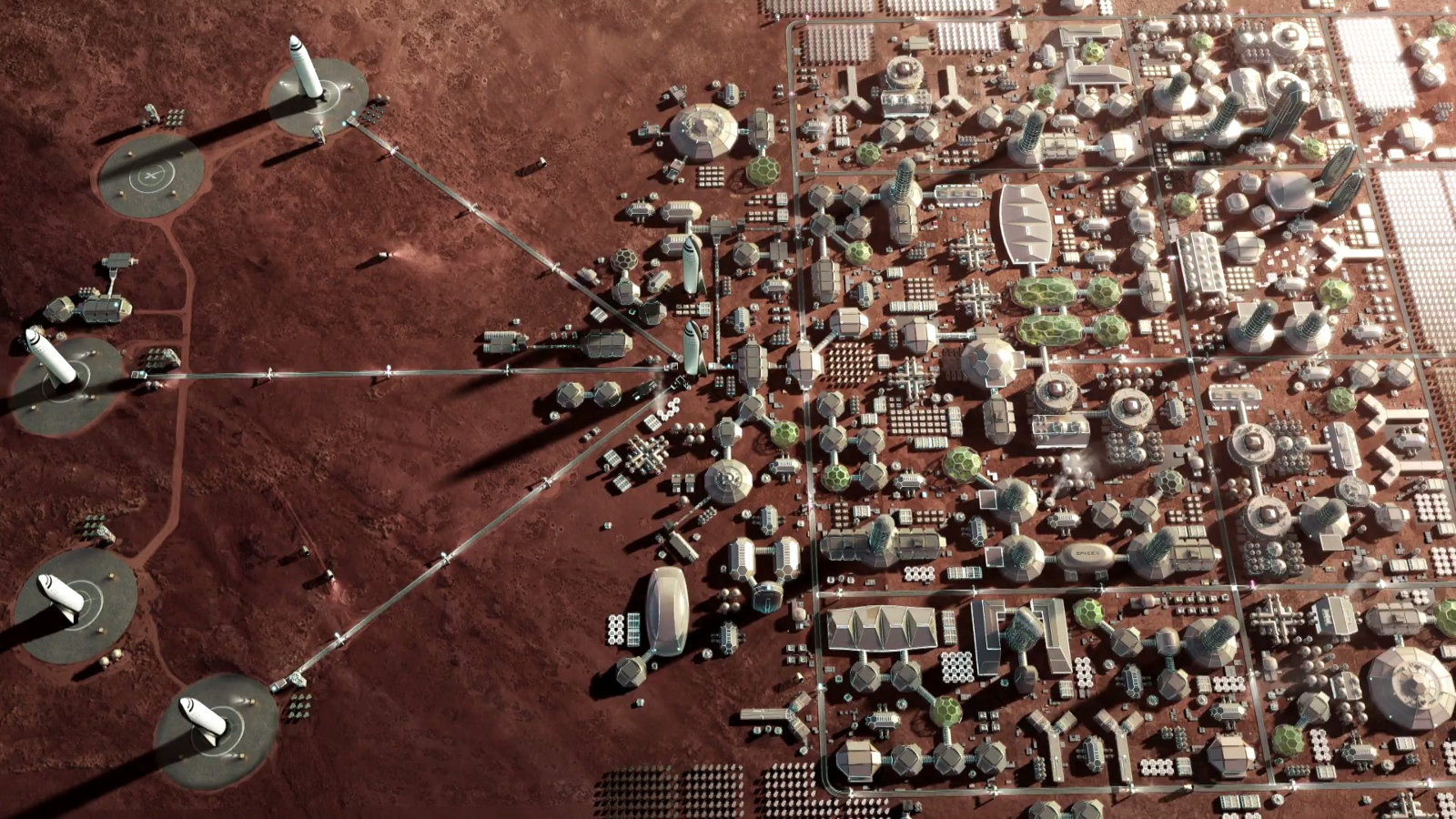
The first two cargo missions to Mars are already scheduled for 2022, that is, much earlier than NASA and Roscosmos are planning to sign a joint statement on the study of deep space . By this time, SpaceX should already confirm information about water sources and potential hazards.
If everything goes according to plan, then, along with cargo missions, mining will begin on Mars, construction of energy infrastructure and life support systems, said Ilon Musk.
The first stage of construction and construction of infrastructure will be completed by 2024, when the first astronauts are planned to be sent to Mars. Ilon Musk said that the first settlers in 2024 will be sent to Mars as part of two manned spacecraft. The first wave of settlers will establish a base and prepare it for the next waves, which will continue to expand the base and terraform the surface.
The video shows the stages of construction of the Martian city.
In addition to carrying passengers on Earth and delivering astronauts and cargo to Mars, the universal BFR rocket will be able to launch satellites into orbit and deliver cargo to the International Space Station.
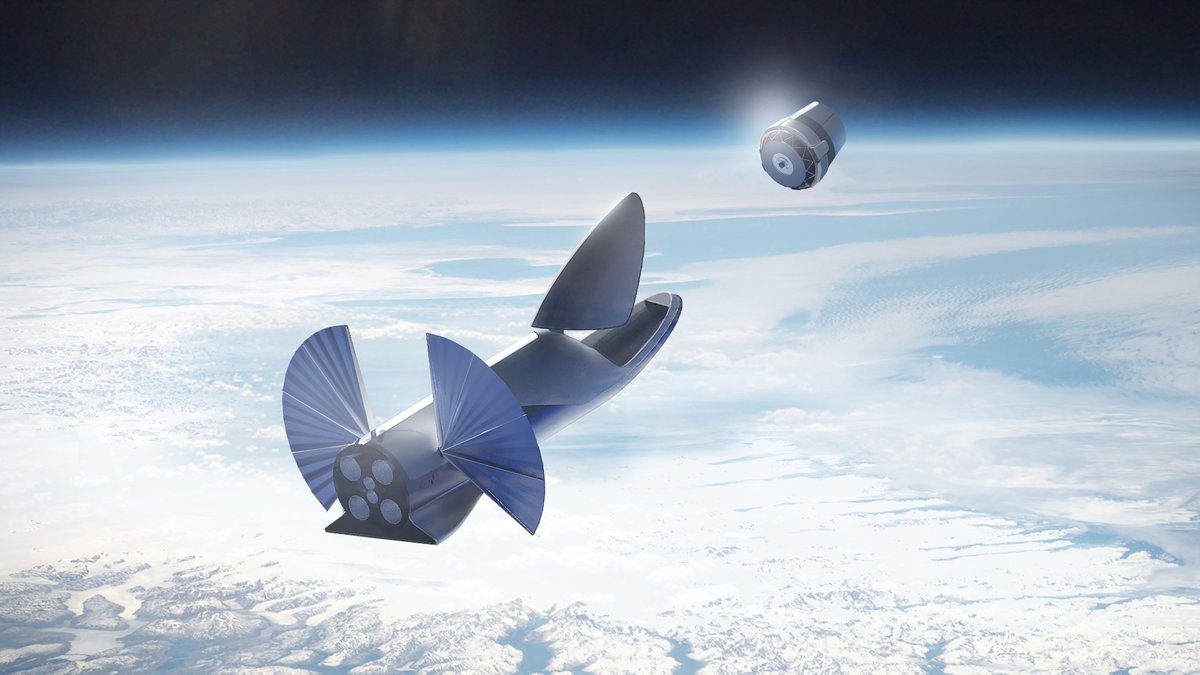
All Articles